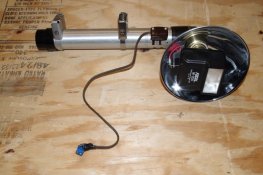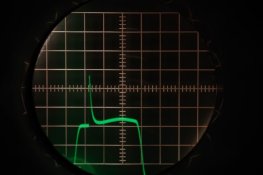I skimmed through the posts but did not read them all in detail. Therefore, I apologize if my comments have already been covered.
There are at least two technical issues to deal with that relate to synchronization. First, for flash bulbs there is (I believe) a delay between triggering of the flash and opening of the shutter. This is because for flash bulbs it takes some time between the trigger and the main part of the light output. With electronic flash the delay is short and can be treated as if it were instantaneous.
The second is that flash bulbs emit light over a rather extended amount of time whereas electronic flash emits light over a very short amount of time which can be treated as if it were instantaneous.
In principle it is possible to design electronic circuits that will compensate for both of those effects. In fact, the second is already implemented in some commercially available electronic flash units. In some products it is called FP synchronization, and it works by dividing the total output into a series of repeated flashes, each of lower power.
This extended flash duration is mainly useful for cameras that use a focal plane shutter. For cameras that use a leaf shutter, or for focal plane shutters at low shutter speeds, it is sufficient to just compensate for the first effect, i.e. to introduce a delay between trigger and the beginning of light output.
There are, of course, also some other technical issues to deal with.
You need a delay to make sure the shutter fully open before firing the flash. Short flash duration is no problem there is no need to lengthen it.




